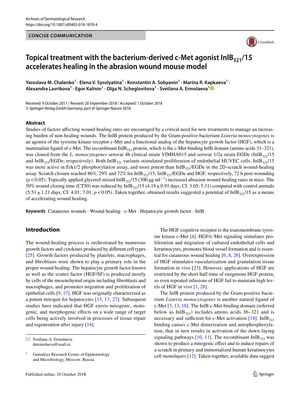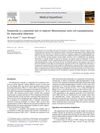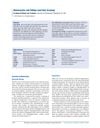Topical Treatment with the Bacterium-Derived c-Met Agonist InlB321/15 Accelerates Healing in the Abrasion Wound Mouse Model
October 2018
in “
Archives of Dermatological Research
”

TLDR Applying InlB321/15 to wounds sped up healing in mice.
The study demonstrated that the bacterium-derived c-Met agonist InlB321/15, when topically applied, significantly accelerated wound healing in a mouse abrasion wound model. InlB321/15, which mimics the action of hepatocyte growth factor (HGF), was found to be more effective than both HGF and another variant, InlB321/EGDe, in promoting endothelial cell proliferation and motility. The treated mice showed a 24% reduction in the time to 50% wound closure, with complete wound closure occurring in 12 days, compared to 14 days for the control group. By day 18, complete hair restoration was observed in both treated and control animals, and no strong acute toxicity was detected in the mice. The findings suggest that InlB321/15 could be a promising agent for enhancing wound healing processes.



